Land Rover Freelander buyer's guide review
Overview
Land Rover Freelander is a compact sports utility vehicle (SUV) manufactured by Land Rover from 1997 to 2015. This vehicle is considered the little sibling to the Land Rover Defender, Land Rover Discovery, and Range Rover. It is a vehicle that cannot be judged by its trim level because the company itself supplies its options packages all over the world. Given that this has the most diminutive dimensions of the Land Rover family (4.5 m, Width: 1.9 m, Height: 1.75 m), this vehicle is considered a mid-sized SUV that is not as off-road compatible as the other Land Rovers.
The Land Rover Freelander has two visible generations: Freelander (1997-2006) and Freelander 2 (2006-2015). The name Freelander was derived from the words "Freedom" and "Lander", which shows this vehicle's independence and territorial dominance. Due to its convenient interior, it's an amazing family vehicle and a great camping associate that allows you to tow a caravan or a trailer on your travels. The Land Rover Freelander 2 has a five-star Euro NCAP rating for safety. It has curtain airbags in the front and sides. It has door bins to keep your water bottles, cupholders in the center console, and a beautiful gauge cluster. After its first release in 1997, the Land Rover Freelander became an instant hit and went on to become the biggest-selling four-wheel drive model in Europe, with over 540,000 units sold. It also became Europe's best-selling 4WD vehicle for five consecutive years.
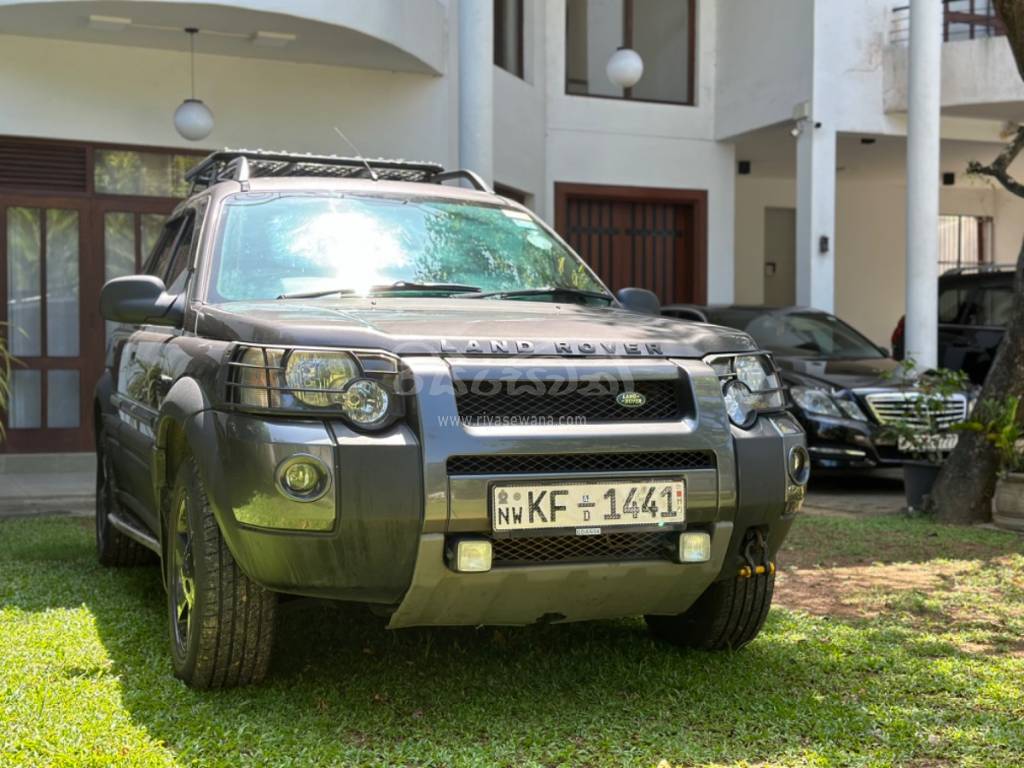
Figure 01: The front exterior view of the Land Rover Freelander 2006 SUV
History
First Generation (1997-2006)
After the Rover Group was acquired by British Aerospace in 1988, they started developing this new product, fulfilling the desperate need of Land Rover to launch a new product on the market. Even though its development took almost nine years, the Land Rover Freelander became a huge market success. In the first production years, it only featured Rover engines with 1.8-liter petrol and 2.0-liter diesel capacity. It was marketed as a premium compact 4x4 vehicle.
When BMW bought the Land Rover from British Aerospace, they worked on the facelifted model and released it in 2000 with a 2.0-liter German turbo-diesel engine. They also added new headlights and massive black bumpers with integrated shields at the bottom to make it look different from its previous version. This vehicle became famous as the "Baby Land Rover" due to its size, but because of its BMW diesel engines and the Land Rover all-wheel-drive system, this compact SUV became one of the best-selling 4x4 vehicles in Europe.
Second Generation (2006-2015)
This generation debuted in 2006 at the British International Motor Show under the name Freelander 2, with a Volvo S16 3.2-liter inline six-cylinder engine. It had the overall look of a Land Rover, with big rectangular headlights, flat door panels, a new facelift, and an interior. It had a curved dashboard and a higher center console. And it had enough room available for five adults to travel comfortably.
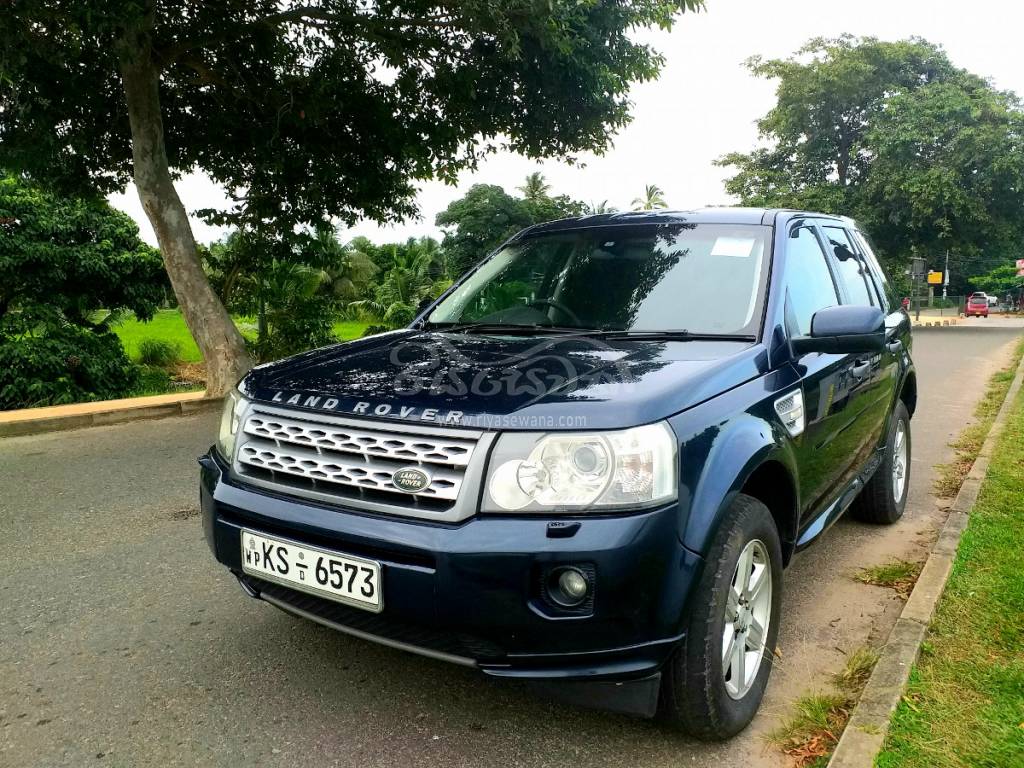
Figure 02: The front exterior view of the Land Rover Freelander 2011 SUV
Engine and Performance
The Land Rover Freelander had many engine models throughout its two generations. In its first generation, the Land Rover Freelander had 1.8-L K-series 14, and 2.5-L Rover KV6 petrol engines, and it also had two different 2.0-L TD14 engines with 5-speed automatic or manual transmissions. So, there were many options for a buyer to consider when buying a Land Rover Freelander. The Freelander 2 was available in the market with a 2.0-L Ford EcoBoost and a 3.2-L Volvo S16 engine. It also had some 2.2-L Ford diesel engines; and all these petrol and diesel engines had 6-speed automatic or manual transmissions available.
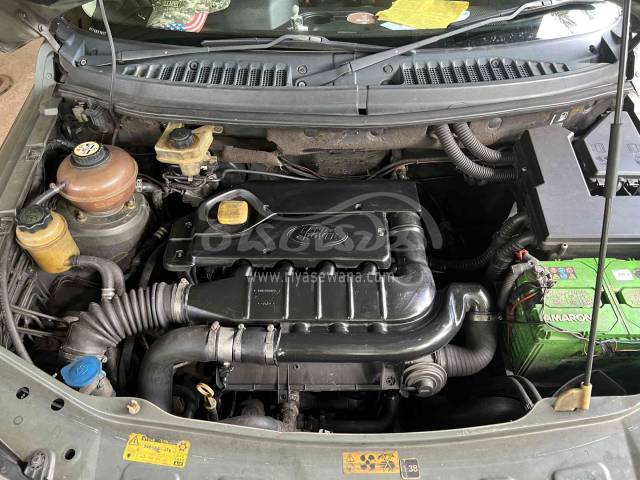
Figure 03: The engine compartment view of the Land Rover Freelander 2006 SUV with a 1951CC inline 4-cylinder engine.
An average first-generation Freelander engine would create an average power of 117-120 HP at 5550 RPM, along with a maximum torque of 160 Nm at 2750 RPM. A second-generation Freelander engine would create an average power of 240 HP at 5500 RPM, along with a maximum torque of 340 Nm at 3200 RPM. These engines could reach 100 kph speed within 10-15 seconds or less, depending on their engine model and generation. Regarding the average fuel economy of the second-generation Freelander, it consumes one liter of fuel to travel 10-14 kilometers. A first-generation Freelander would consume one liter of fuel to travel around 7-12 kilometers.
Exterior
This vehicle has an exterior that you would see in any Land Rover SUV. It has a 2.56 m wheelbase, which is slightly smaller than the original Land Rover. It typically comes as an all-wheel drive vehicle with a ground clearance of 21.1 cm and a 350 L to 750 L storage (cargo) volume. The variety among the models of this vehicle has always had something to do with its exterior view. Sometimes, it was a five-door station wagon, and sometimes, it was a three-door softback, a semi-convertible or a hardback version.
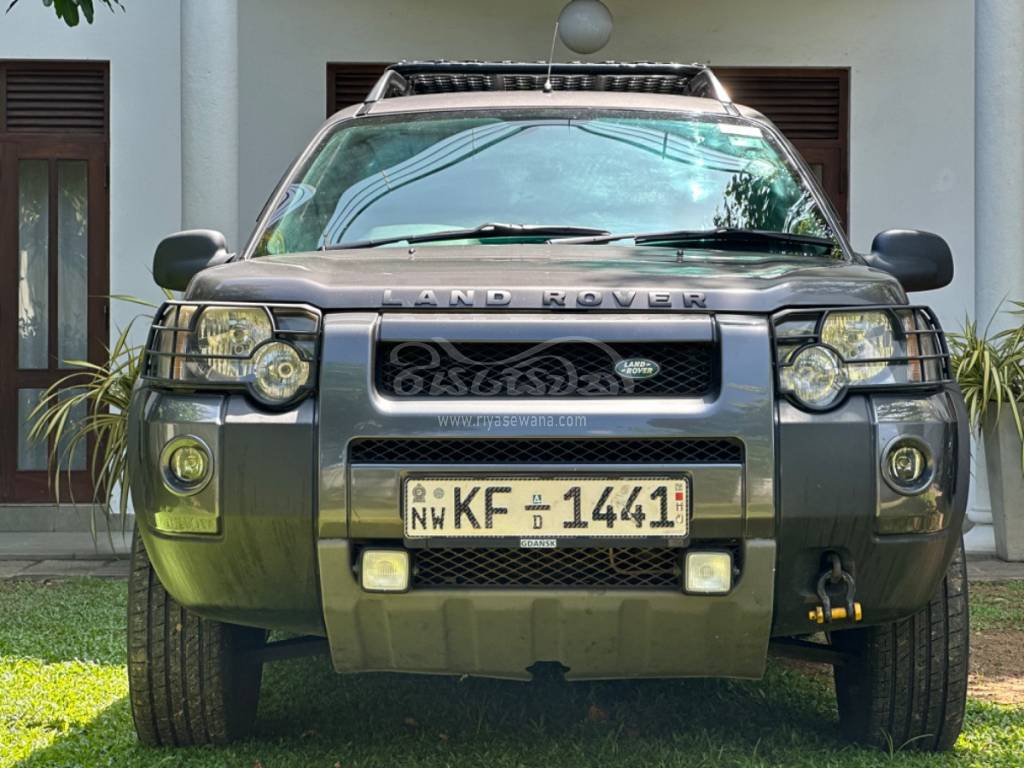
Figure 04: The front exterior view of the Land Rover Freelander 2011 SUV
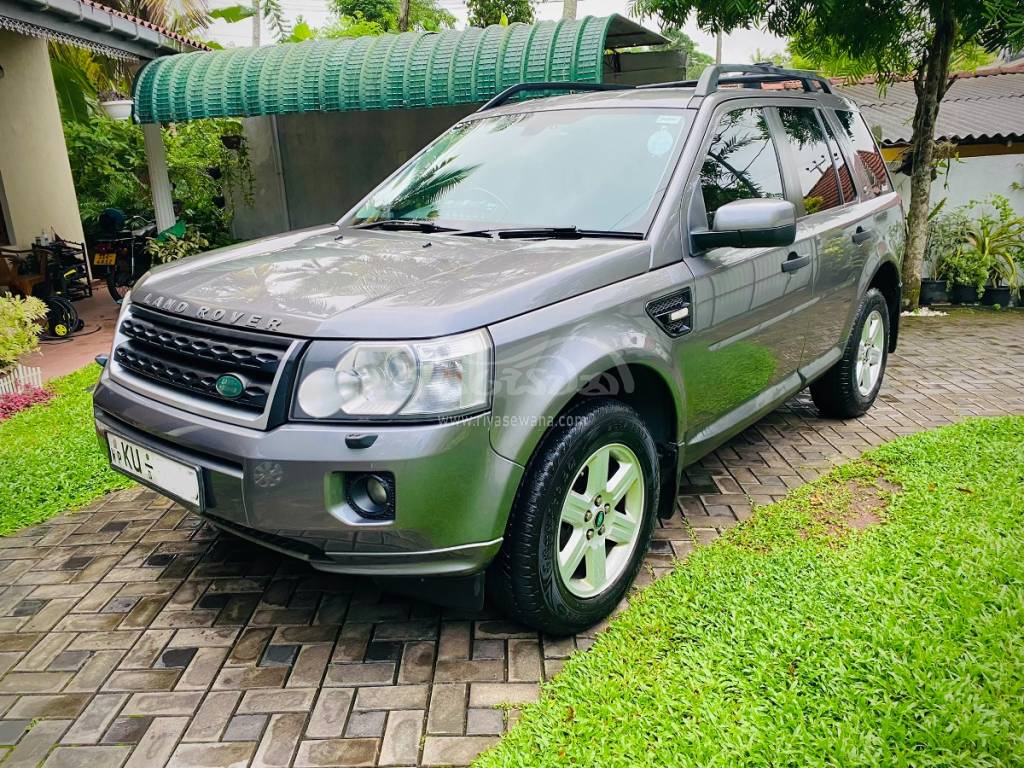
Figure 05: The side exterior view of the Land Rover Freelander 2011 SUV
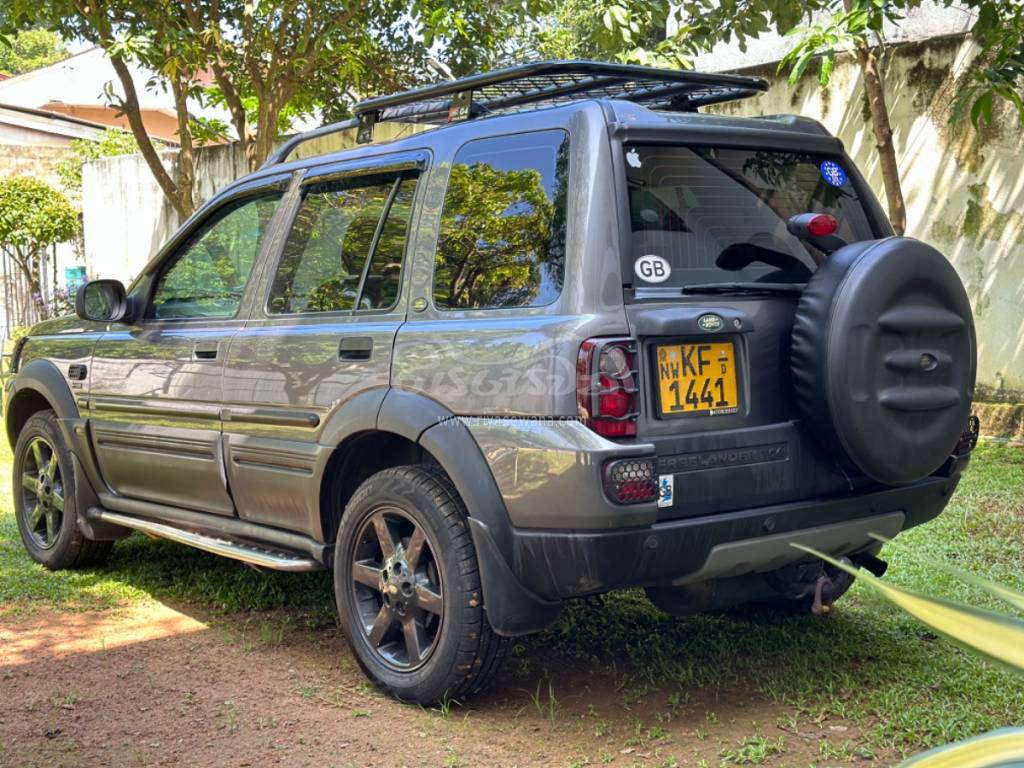
Figure 06: The rear exterior view of the Land Rover Freelander 2011 SUV
Each new model of Freelander brought out a new set of headlights, bumpers, and taillights with a new facelift. The redesigned bumpers also received a pair of extra lights in front and back. It has reasonable alloy wheels and a good turning radius, which would be very helpful when you drive this SUV. Since this vehicle is less off-road compatible than the other Land Rovers, we must be careful about its undercarriage when driving. Also, check the vehicle's undercarriage if you plan on buying a Land Rover Freelander.
If we consider the back of this vehicle, it has the same sporty/camper look. It has a spare wheel for off-roading, a tow hook to drag your trailer or caravan, taillight guards, etc. If you open the rear door of this vehicle, you can see that it has a frameless back door. The boot will keep all your luggage in its 400-liter storage, and you can expand the boot space using the fold-forward seats. The shutter of the rear door could be lowered as well.
Interior
The Land Rover Freelander has a functional and comfortable interior design with many options. Depending on the generation and the model, it has various dashboards, center consoles, and gauge clusters. Some models also have leather seats and leather covers for the steering wheel. After purchasing the vehicle, you can always customize its interior according to your preferences.
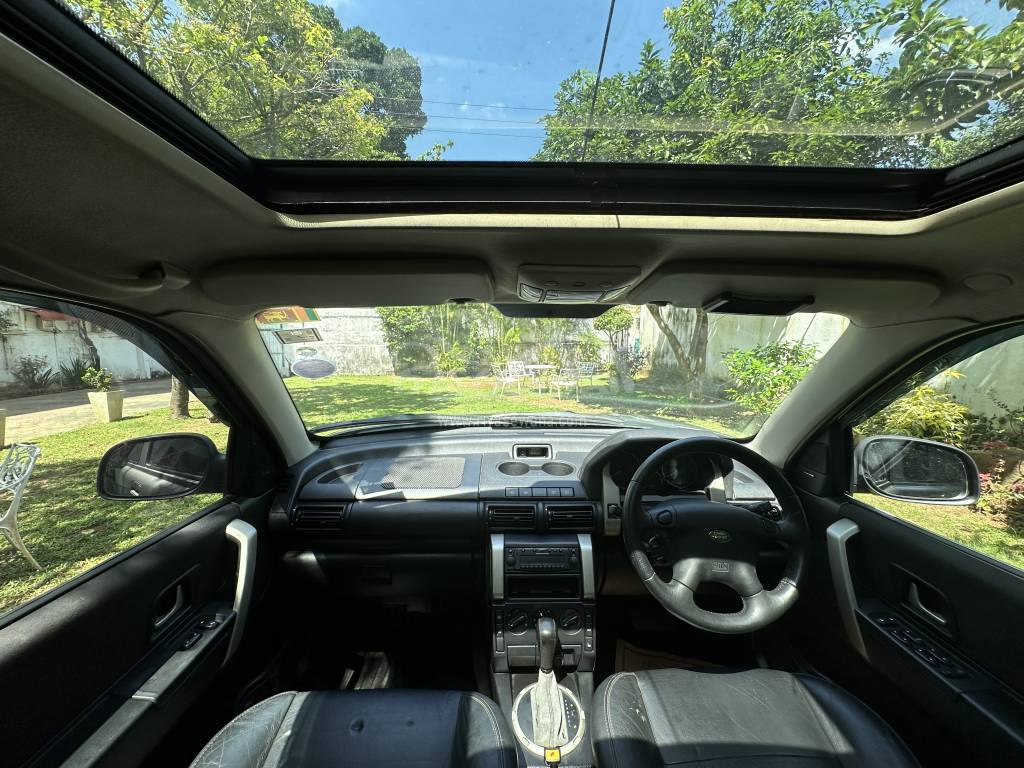
Figure 07: The interior view of the First-Generation Land Rover Freelander 2006 SUV
This vehicle always had a modern interior according to its year of release. It has an adjustable steering wheel and a perfect gauge cluster, which shows all the details you want to see. The climate control and navigation systems are located on the center console, along with the infotainment system. Replacing its original infotainment system of a first-generation Freelander with a modern infotainment system would be very challenging since they have installed a navigation system where the infotainment system typically comes in, and it makes less space available for a new LCD or LED monitor. Therefore, finding a new system compatible with this situation would be very challenging for the owners.
Plenty of space is available for the driver and the first passenger in the front. It has good leg space and headroom available for all its passengers. Even though the storage area between the driver's seat and the passenger seat is not tall enough to be used as an armrest, you can use it as a storage compartment. The Freelander has many storage compartments all over its interior, ensuring that it is the ideal vehicle to be your travel companion. Three passengers can easily travel in the back seat of this vehicle. Unlike the other typical SUVs, this vehicle has an extra headrest and a seat belt available for the middle passenger.
Driving and User Experience
When it comes to Land Rovers, people have higher expectations for its performance than for its looks and comfort. The petrol engines are more powerful and responsive than diesel engines, but they have a slightly heavy feel when driving at smaller RPMs. You might experience this during traffic. But, after acquiring a higher RPM or travelling on an open road, you wouldn't feel that at all.
If we consider the service intervals of this vehicle, the mechanics recommend servicing this vehicle every 24,000 kilometers or every six months. But it is best to service this vehicle after every 10,000 kilometers you travel. There's a possibility of electrical issues in the engine of this vehicle, but the probability of that happening is very low. Technologies such as all-wheel drive systems, traction control systems, and hill-climbing systems were given to you to ease maneuvering this vehicle on and off-road. However, due to its lower undercarriage, you should be careful where you drive. Other than that, this is an ideal vehicle for trail riding and camping.
As of February 2024, the average market price for this vehicle lies between 3.8 million LKR and 12.8 million LKR, depending on its generation and model. You can find the latest prices with more details and cars of this model for sale from the following link Land Rover Freelander Latest Price
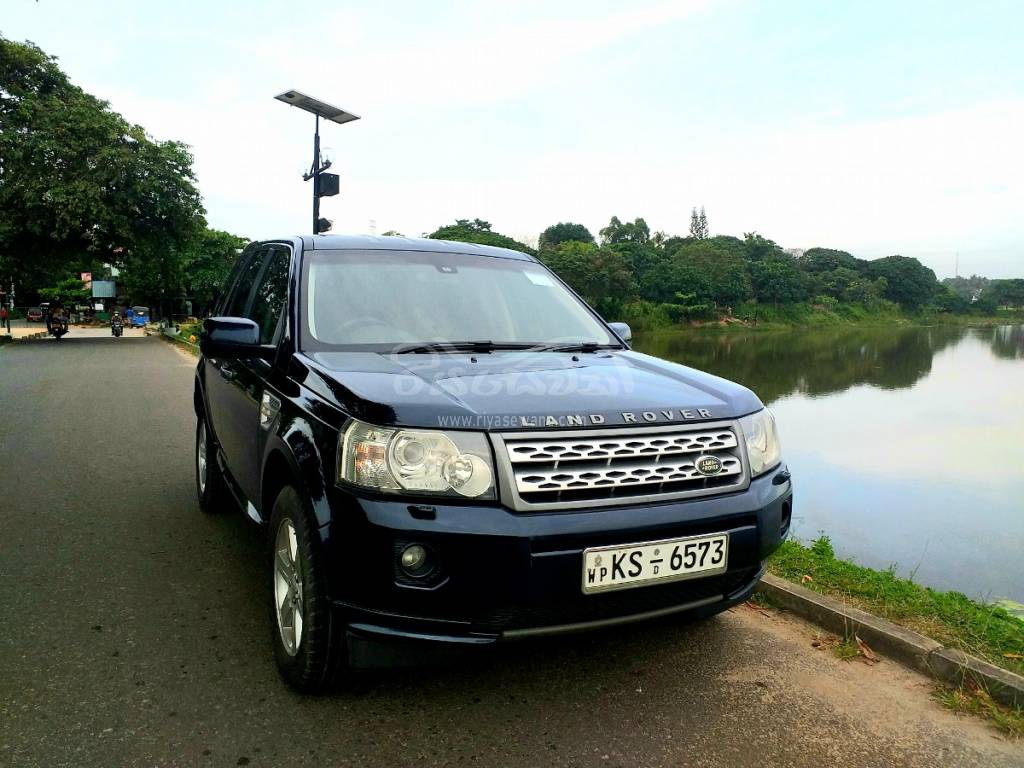
Figure 08: Land Rover Freelander
